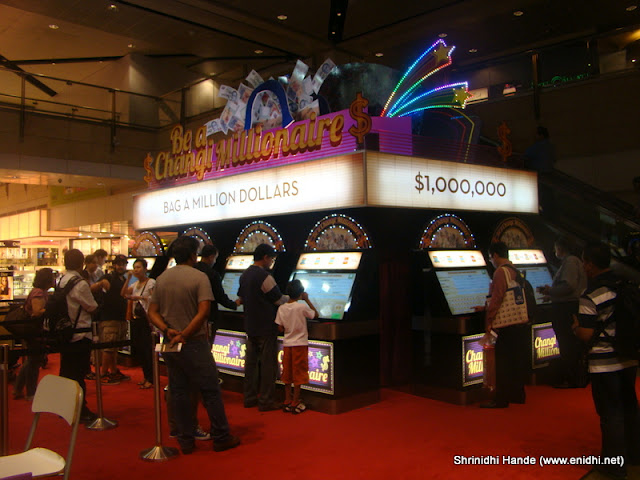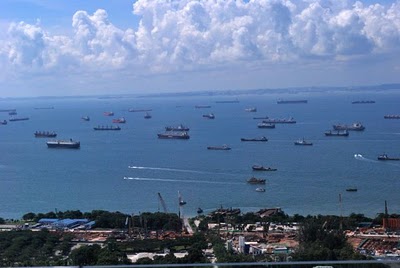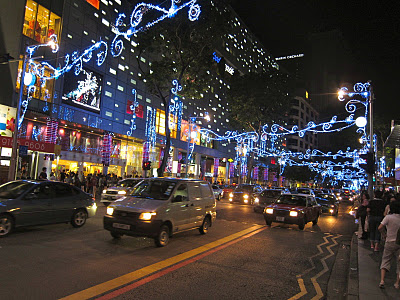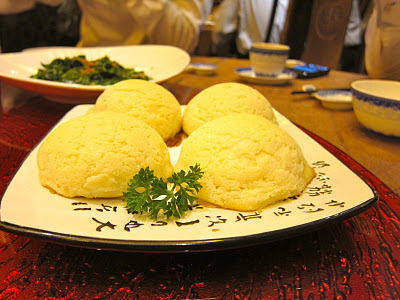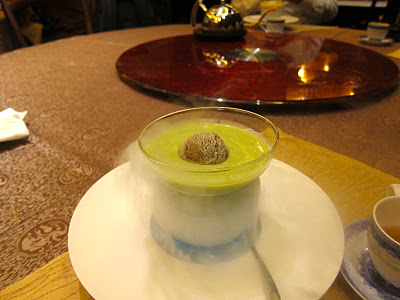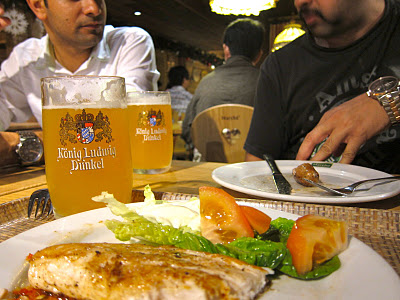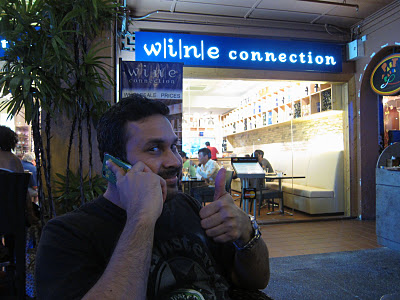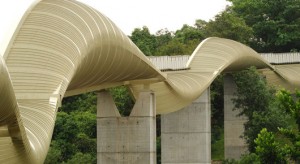This article is written by Srinidhi Hande. Srinidhi is a Business Analyst by profession and a Blogger by passion.
Of the few international airports I had explored in recent past (including Dubai, JFK, Colombo, Sau Paulo and Santiago), I find Changi international airport in Singapore more equipped to engage passengers. The reason I say so is because while all airports are loaded with duty free supermarkets trying to sell stuff, Changi offers lot of value added (most of them free) services to enable passengers make their wait a pleasant experience.
Below are some of the provisions at Changi airport, which I couldn’t find in other airports I’ve been to.
- Free leg massage chairs: Enjoy nice massage to your knees and foot at various massage chairs. No charges. In other airports, this service will be chargeable
- Free big screen display: Enjoy favorite game at some of the big screens. No charges- killing couple of hours is not an issue
-
- View aircrafts from up close (few other airports also facilitate this)- you can get close view of aircrafts landing and taking off. I clicked below picture while observing the landing and take offs
- Kids play zone: free playing materials for kids to kill their time
- Free internet- many airports offer this. But I found very few kiosks in Dubai and Colombo. Changi has considerably large number of kiosks to access internet, so you’ll not have to wait for long
- Sky trains for inter terminal moves. (JFK had Air train connecting terminal to city though)
- Clear Signages- In Dubai, I found an Indian restaurant in terminal 1 purely by luck. In Changi, restaurants and other facilities were easier to find due to adequate sign boards indicating what is where.
- Changi airport authorities are very active on social media, responding to comments and concerns.
Changi on facebook: https://www.facebook.com/fansofchangi
On twitter :@FansofChangiBelow: Casino counter at Changi Airport… 30SGD for a ticket
Changi also offers free city tours to those passengers who have couple of hours to spare before their connecting flight. If only I had this option in Dubai, I could have explored Dubai twice by now.
No wonder Changi is rated as one of the best airports in the world.
Srinidhi Hande
23 June 2012
http://www.enidhi.net/2012/06/changi-international-airport.html


